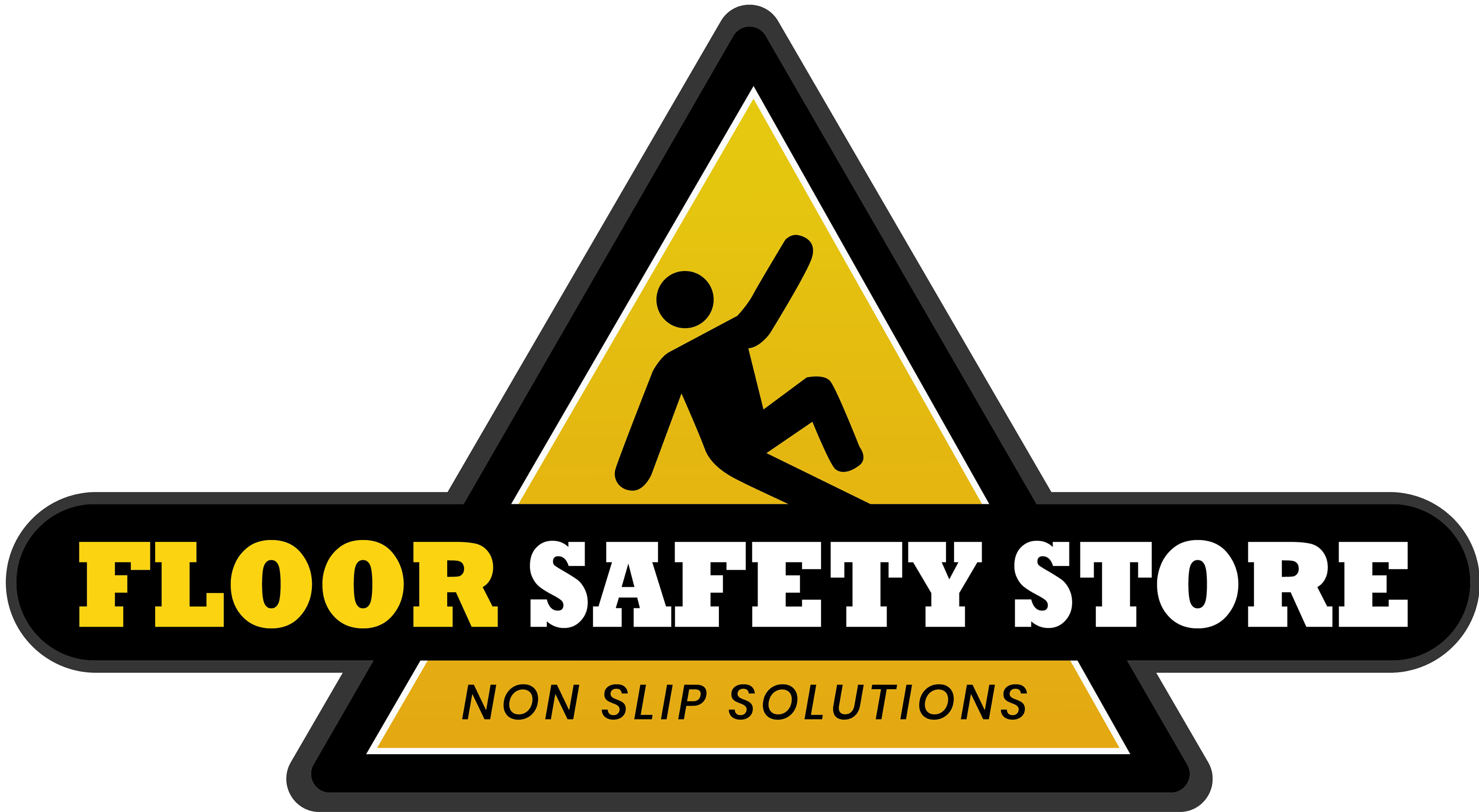Cable protectors
Cable or tubing protection safeguards cables as well as individual connections and tubes from external forces such as tremors, moisture, heat, friction, fraying, bending, and so on. Spiral-coiled tubes composed of metal or plastic, fabric hoses, protection tubes, and so on are commonly utilized for this application.
3 Channels Cable Protector Ramp 10 solutions used in important infrastructure safeguard cables both below and on the ground, decreasing the risk of damage, toxic chemicals, theft, and operator trips and slides. These devices provide higher long-term benefits while also allowing for cost-effective cable management installations. Cable protection systems, whether located beside a railway track, substation, or data center, provide the safe and secure transfer of electricity and communications.
The design elements of rubber cable protectors render them among the finest in the business. Our cable protection kits are made from polyurethane, which is thinner and more resilient than rubber protectors. The flexible interlocking design enables users to expand cable security to any width, and we provide customizable cable safeguards that can accommodate a limitless number of wires and hoses.
Water and electricity just do not mix. When cables are exposed to moist conditions or excessive moisture, which is commonly caused by flooding or high atmospheric humidity, they can grow mildew and begin to corrode. If the cables degrade to the extent that water comes into contact with the wire, it can result in electrical shorts, malfunctions, and fires.
If you’re like most people nowadays, you undoubtedly own a number of electronic gadgets that are portable. This means you’ll have a variety of cables for charging and other smaller electrical wires attached to devices like earphones and earbuds. As you’ve certainly noticed at some point, these cables are quite delicate and susceptible to breaking, particularly where their ends meet the plug as well as the device connector. We understand how unpleasant it is to constantly replace faulty wires. Fortunately, there are techniques to take better care of and safeguard your wires so that they live longer.
Wrap the wire and place it in a bag. The bag will push the wire sideways, creating excessive flexing, and the wire can be pulled sideways. Pulling as well as snagging while plugged in. When using it, keep the wire free; tugging it tight will cause the connector to jerk sideways, preventing a tripping or yanking hazard.
Securing wires within cable covers solution can considerably improve their durability and performance by reducing their exposure to rodents, hazardous chemicals, fire, and UV/sunlight.
When looking at the many varieties of cable safeguards, it becomes clear that their layout and construction are matched to their surroundings and unique use cases. Floor cable coverings are common in office settings, offering a level surface that allows for easy foot passage while keeping cables concealed. Cord cover walls, on the other hand, have the purpose of neatly fastening wires against a wall, keeping them out of view and out of harm’s way. Cable protectors outdoor is used in more demanding locations, such as building sites or outdoor events, to protect cables from weather conditions and heavy traffic, emphasizing their strength and longevity.
Showing 1–12 of 17 results
-
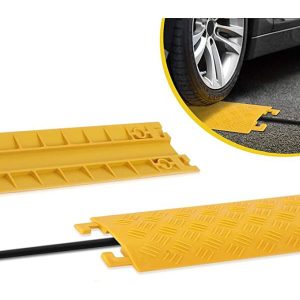
1M GHP Tidy – Cable Protection Ramp Indoor Cord/Wire Protection Track
£36.72Quick View -


3 Channels Cable Protector Ramp 10 Ton Capacity Heavy Duty
£140.59Quick View -

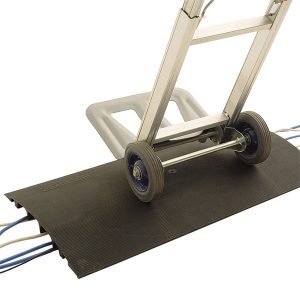
Anti-Slip Ribbed Compact 7 Channel Cable Protector For Indoor and Outdoor Use
£135.68 – £158.84Quick View -


CR2-X Pedestrian Cable Protector Cover – Anti Trip Suitable for Light Vehicles
£103.03Quick View -

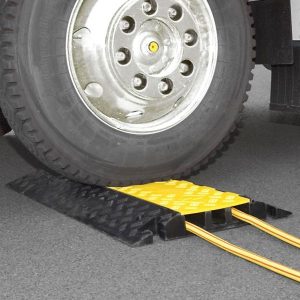
Extra Heavy Duty HR2 Cable Protection Ramp 10,000Kg Capacity
£161.82Quick View -

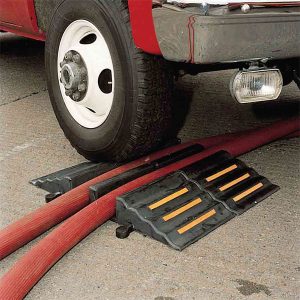
Extra Heavy Duty Robust Rubber 2 Large Slots Protector Ramp
£136.34 – £179.77Quick View -

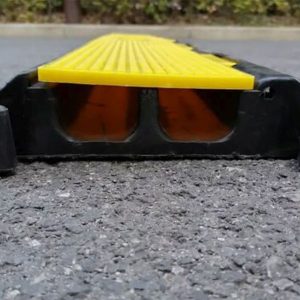
Heavy Duty 2 Channel External Protective Cable Guards Wire Cord Cover
£57.96Quick View -

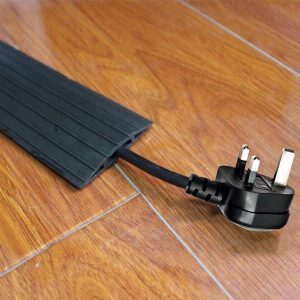
Heavy Duty Black Rubber Floor Cable Protector Wires Safety Cover
£17.21 – £64.73Quick View -


Heavy Duty Durable Rubber HR5 Hose Protection Ramp
£162.29Quick View -

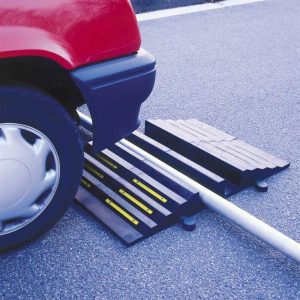
Heavy Duty Flexible HR3 Fire Hose and Cable Protection Ramps
£117.08Quick View -

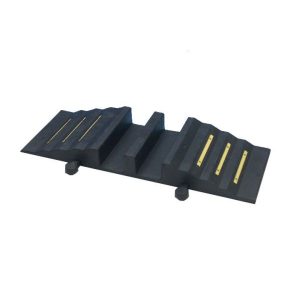
Heavy Duty HR4 Hose Protection Ramp For Indoor And Outdoor Use
£123.24Quick View -

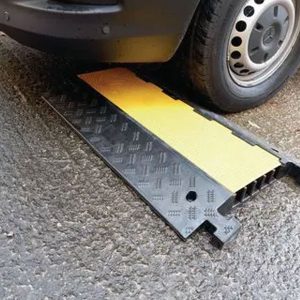
Heavy Duty Outdoor 5 Channel Cable Protector Rubber Ramp 6 Tonne Capacity
£143.92Quick View
